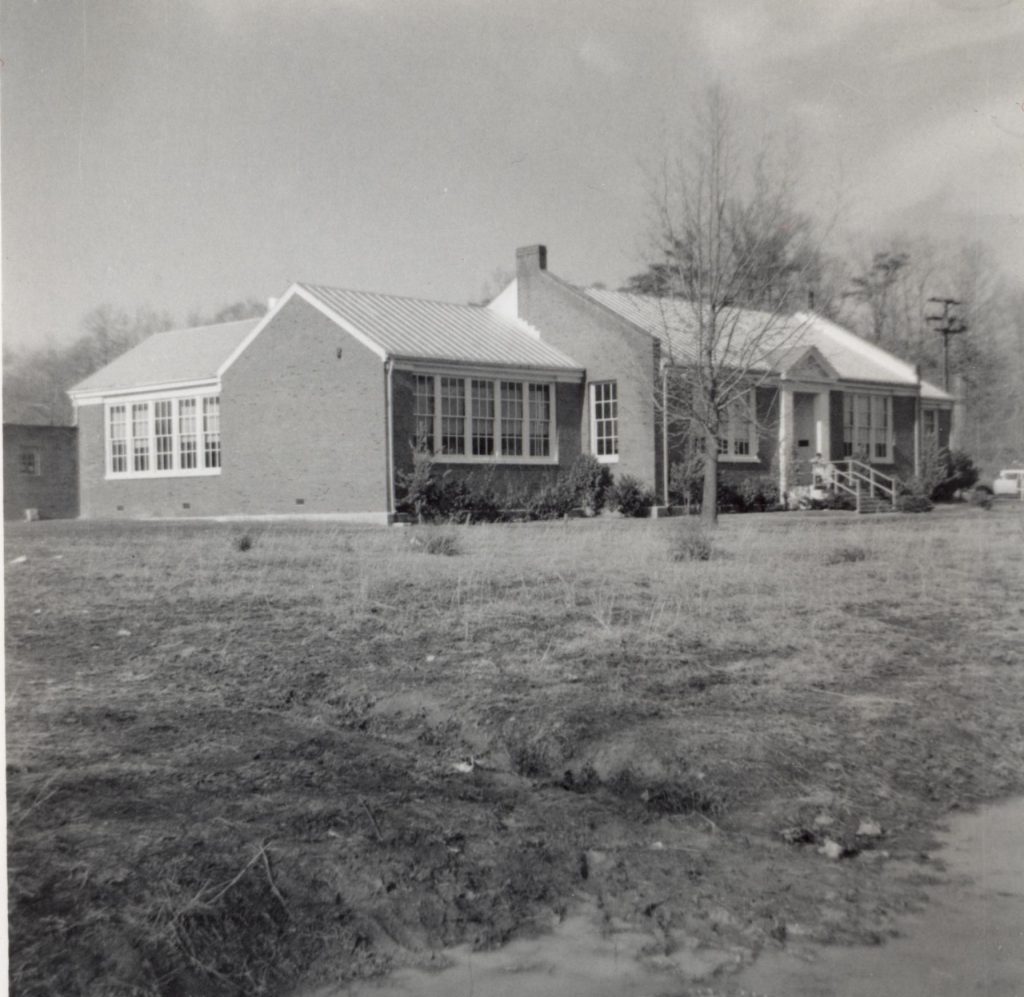Stafford Training Center - H.H. Poole High School
The Stafford Training School was built during the Great Depression by the Public Works Administration on eight acres of land fronting U.S. 1. The Rowser Building is located at 1739 Jefferson Davis Highway next to The Log Cabin Restaurant and the Rappahannock Regional Jail. The original building was opened in 1939 as the Stafford Training School. The term “Training School” was used in many areas in the south to differentiate a white high school from a black high school.
It has been in continuous use ever since and its students played a role in the integration of the Stafford County High School in the early 1960s. The land was purchased with donations from black families who wanted their children to have an education beyond the seventh or eighth grade and hopefully through high school. Additions were made to the original four-teacher building, allowing more students and more grades. A classroom was added in 1943 during World War II, known as the “War Room.” In 1954, two more classrooms and a combination auditorium/cafeteria and stage were built. The 1960 addition is known as the “Bus Drivers’ Addition” since it was county bus drivers skilled in various trades who did the work, for no additional money, between driving their routes.
The name of the school and the building has changed several times over the years as the additions were built and the purpose of the facility changed. The building was also renamed H. H. Poole Junior High School during the 1950s. Henry H. Poole was the superintendent of segregated schools for 28 years for segregated schools in Stafford County & King George County.
The integration of public schools in Stafford County began in 1961 beginning with high school students. It served as a junior high school, a high school, and after integration as a vocational center for black and white students. Ella Rowser taught history and English for many years. She later served as a guidance counselor and principal there, until Stafford County Schools were completely integrated, and the school became Stafford’s Vocational Annex in 1966. The building was renamed in honor of Ella Rowser in 1976, a year after her death.
It is known today as the Rowser Building. There are photos and paintings in the building of Rowser, other teachers, and students from its early years. In 2003 the county school district turned the building over to the county, which renovated it in 2005. In 2013, the Rowser Building was placed on the National Register of Historic Places. It is now used as a senior center and a parks and recreation facility.
The Rowser African-American History Wall- On November 1, a permanent reminder of African American contributions throughout Stafford\’s history was installed in the building for visitors to go and see.
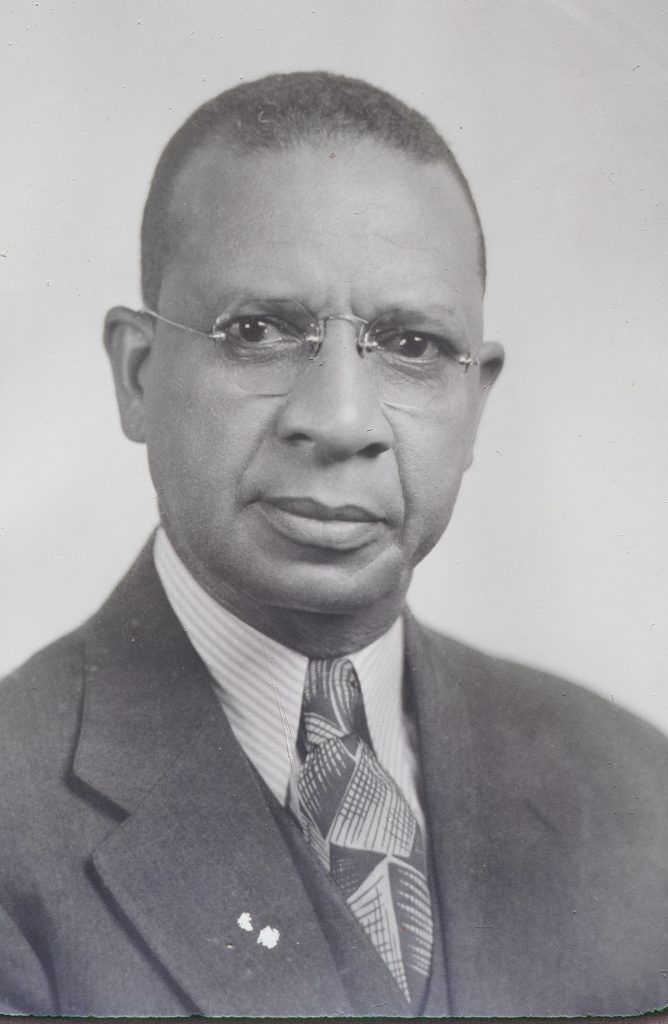
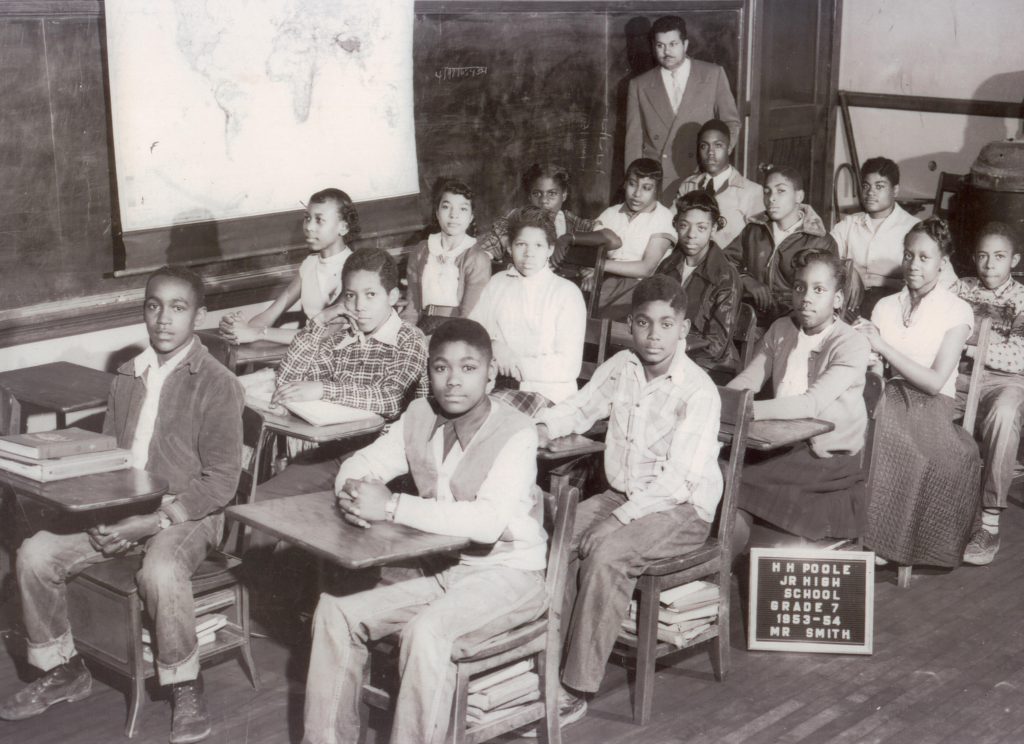
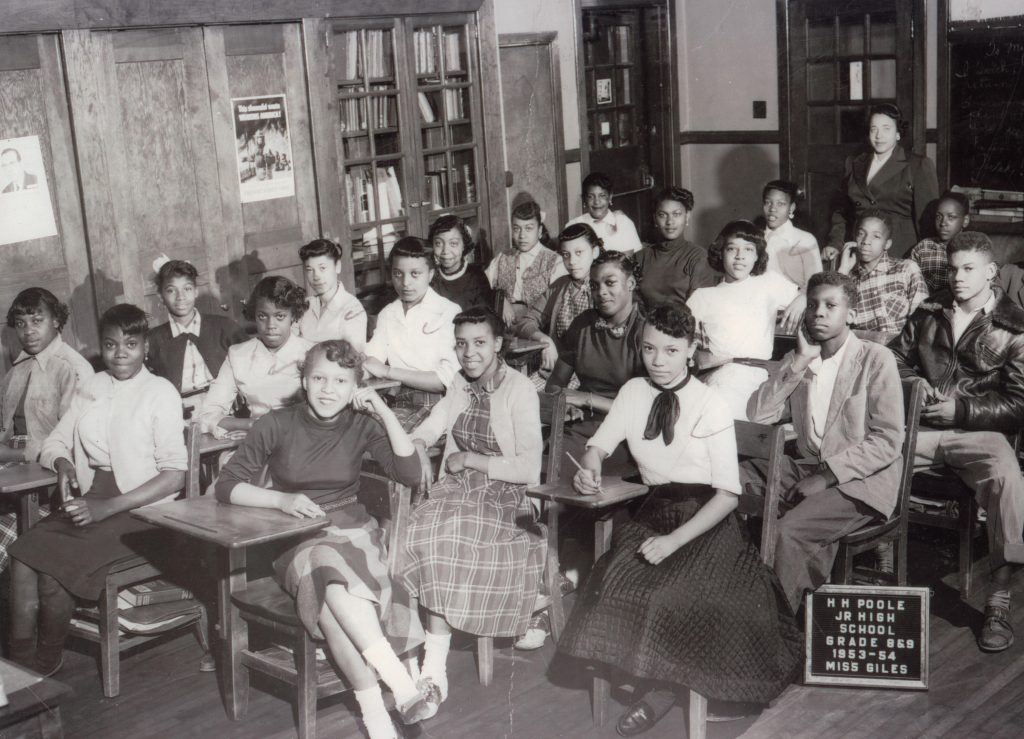
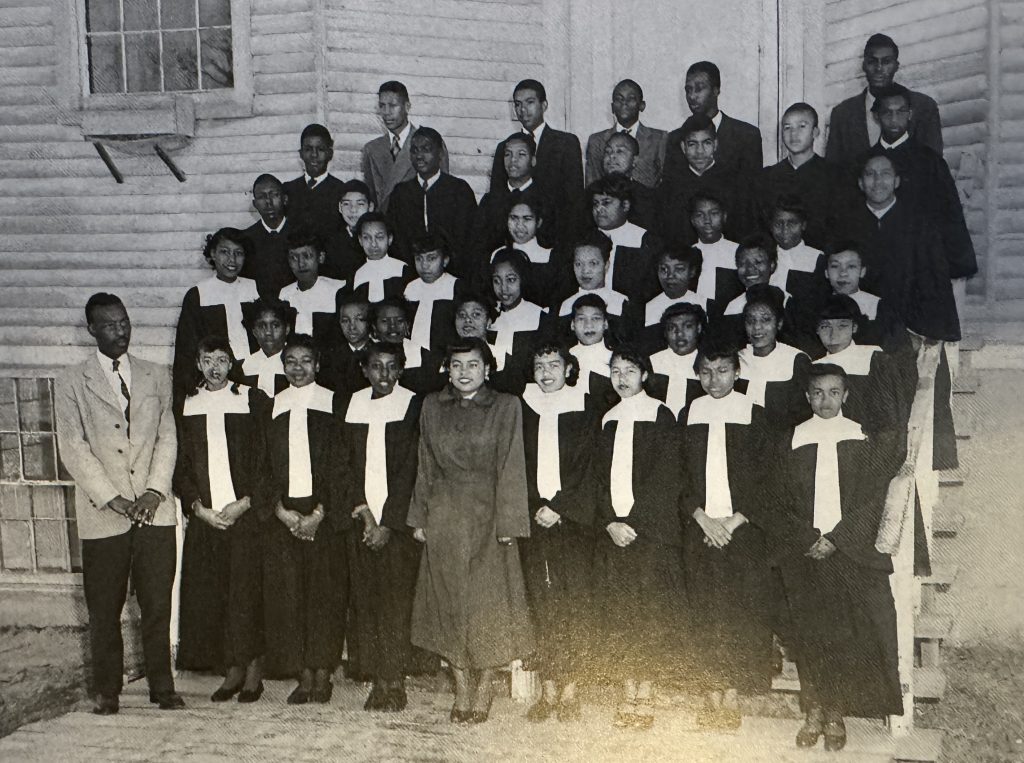
Edward Smith is shown here with his 7th grade junior high class in 1953-1954. He was later the principal of the high school and worked earnestly behind the scenes to effect integration. Ella Rowser was a popular teacher at Poole. The building would later be renamed in her honor.
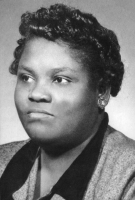
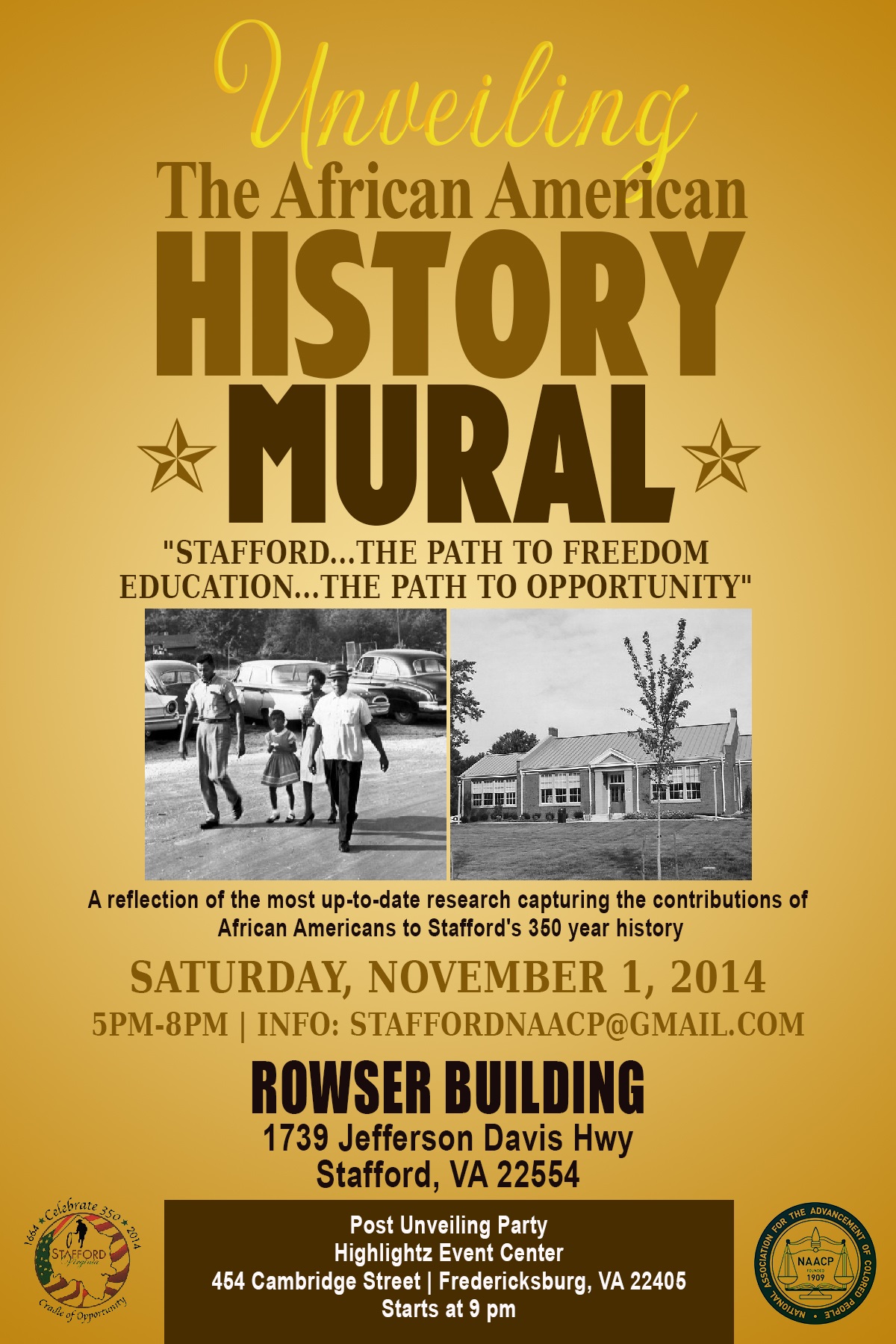

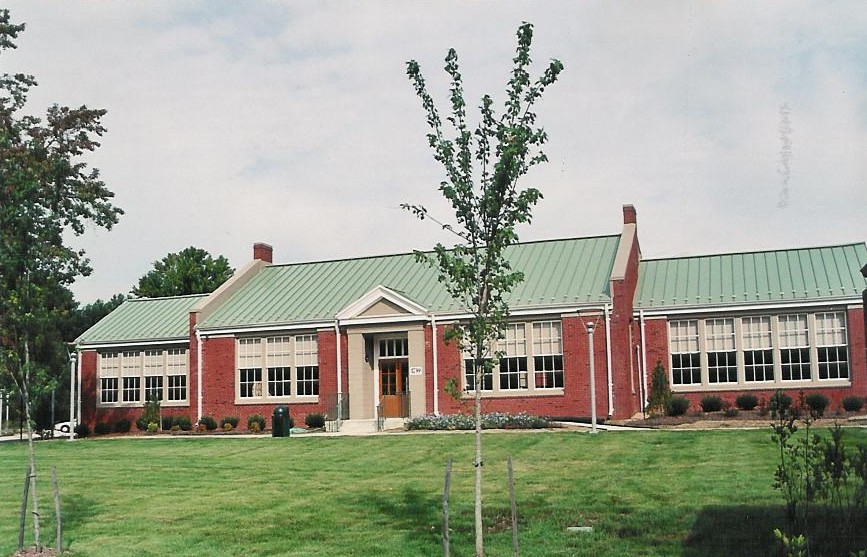
Speech given by Frank M. White to the Stafford Board of Supervisors concerning designating the Rowser Building as a state and national historical site:
REMARKS MADE ON 7 FEB 2012 BEFORE THE STAFFORD COUNTY BOARD OF SUPERVISORS (BOS) ON BEHALF OF THE STAFFORD COUNTY BRANCH NAACP TO PETITION THE BOS TO CONSIDER SUPPORTING A RESOLUTION TO SUBMIT THE ROWSER BUILDING (AKA H.H. POOLE SCHOOL/STAFFORD TRAINING SCHOOL) FOR CONSIDERATION TO BE DESIGNATED AS A VIRGINIA HISTORICAL LANDMARK SITE AND PLACED ON THE NATIONAL REGISTER OF HISTORICAL PLACES.
Madam Chairman, Members of the Board, My name is Frank White and I reside in the George Washington District of Stafford County. I am here on behalf of the Stafford County Branch NAACP to request the Board’s consideration of supporting a resolution to include the Rowser Building (aka: H.H. Poole School/Stafford Training School) on the Virginia Historical Landmark Register and the National Register of Historic Places. The Virginia Historical Landmark Register list properties of importance to Virginia history and the National Register of Historic Places list properties of significance to National History. The VA Dept of Historic Resources (DHR) administers both programs.
Let me begin by commending the Board for considering this proposal and past supervisors for their foresight in preserving the Roswer Building and having it available for public use. Numerous former African-American schools throughout Virginia and the South have been destroyed and their valuable history lost forever. If this request is approved, Mr. Norman Schools, owner of the Moncure Conway house in Falmouth. who has experience in researching and writing these type nominations, has agreed to research and write the nomination free of charge. Mr. Schools is here to answer any questions you might have in that regard. Once the nomination has been approved by the State, it is customary for the property owner to purchase and have a brass plaque affixed to the building and/or in coordination with VDOT have a highway marker placed on the highway in the vicinity of the building. The cost of either of these actions would have to be borne by the County. In order to be considered for VA landmark and National Register status, a property must meet at least one of the following criteria: (A) Historical event or patterns, (B) Important person, (C) Architecture, (D) Archaeology.
Criteria A -The Rowser building is the most important site in Stafford County to Interpret the desegregation of its county school system during the Civil Rights Movement, which effectively brought change in public education and social equality in Virginia. Rowser building students initiated the first attempted school integration and were involved in the first school integration in the Fredericksburg region. These historic events were reported in the Free Lance Star in 1960 and 1961.
Criteria C. The architecture of the Rowser Building is a fine example of an educational facility dating from the depression/pre-World War II era. Although the structure is not sufficient to stand alone as a State Landmark, it will enhance the site’s eligibility. The school was built in 1939 by the WPA (Works Progress Administration) There is a brass plaque affixed to the outside of the former front
entrance to the school, placed there in 1939, which records this fact. The original name of the School was “Stafford County Training School for Negroes” . Prior to 1939, when an African American student graduated from the 7th grade, that was the highest level of education that the county provided for those children. In 1939 there were two accredited white high schools in the county, Falmouth High School and Stafford High School. In 1954 additional rooms were added to the school and its name was changed to honor Mr. Henry Harrison (H.H) Poole, a local native Stafford County School Administrator, whose title at the time was ‘Supervisor of Colored Schools in King George and Stafford. Other additions were added in 1958. When the building was last renovated, efforts were made by the contractor to restore, preserve or maintain as much of the imprint of the original building as possible. The Rowser building designated as a State and National Historical Landmark would be a means to recognize and preserve African-American educational history in the county. It would make the statement to all citizens of Stafford, all Virginians, and to all citizens throughout the nation, that we honor those from our county whose courage, sacrifice, and vision, have led to the quality and equality in education which every student in the Commonwealth deserves and enjoys today. Additionally, sites associated with the Civil Rights Movement may be connected to future tours or trails which will promote Heritage Tourism within the county. This concludes my remarks. Again, I would like to thank the Board for granting me the opportunity to make this presentation on behalf of the Stafford County Branch NAACP. At this time I will be happy along with Mr. Schools, to answer any questions. Thank you.
FRANK M. WHITE
Representative, Stafford County Branch NAACP
February 7, 2012

